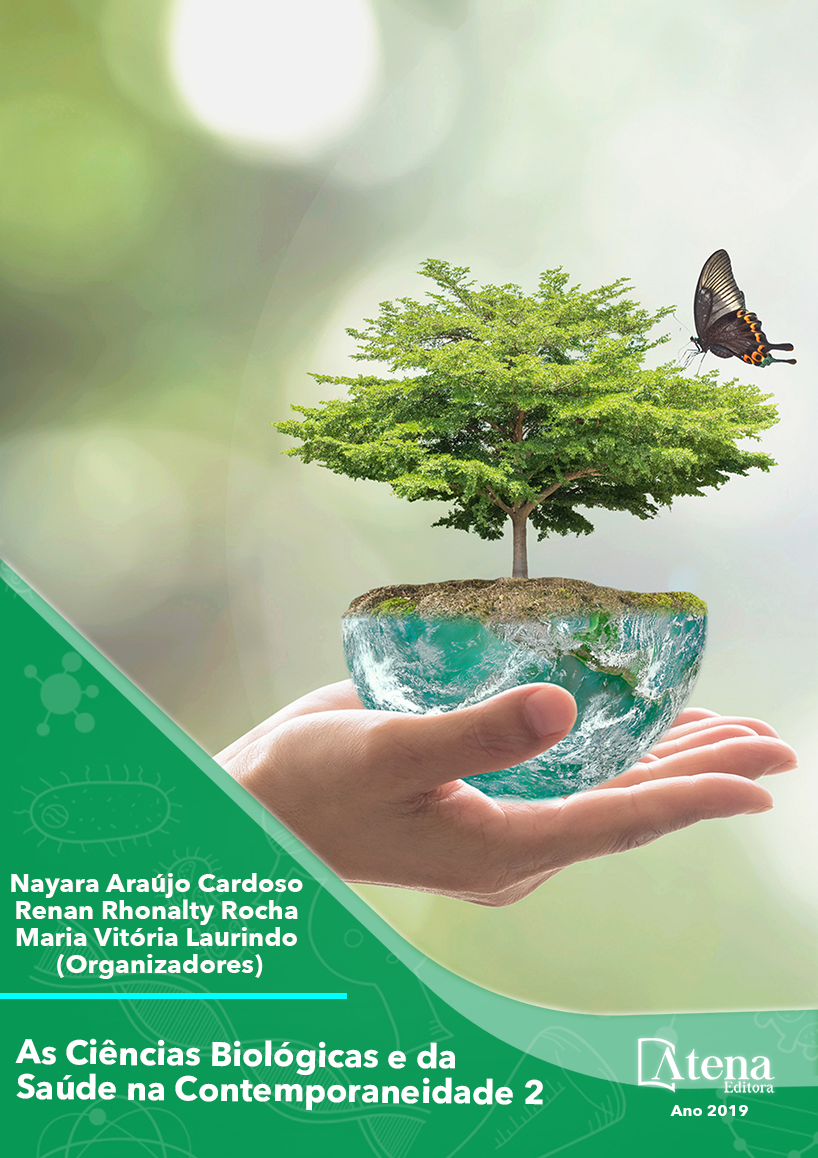
A CONSTRUÇÃO DE MODELOS DIDÁTICOS DA ESTRUTURA DO DNA COM MATERIAIS ALTERNATIVOS: CRIANDO E APRENDENDO
O ensino de Biologia tem sido nas
últimas décadas, objeto de estudo e preocupação
para os pesquisadores em Educação, em
função não só do vasto conteúdo programático,
mas também da utilização de muitos termos
técnicos e abstratos, que desmotivam os
alunos. Estudos comprovam a construção de
modelos didáticos são importantes ferramentas
capazes de promover o aprendizado de forma
lúdica, promovendo socialização e motivação
pelo ato de aprender. Assim, o objetivo deste
trabalho foi estimular os alunos da 2ª série do
Ensino Médio do Colégio Cruzeiro – Unidade
Centro, da rede privada de ensino do município
do Rio de Janeiro, a confeccionarem modelos
da molécula da dupla hélice do DNA, utilizando
materiais alternativos, de modo a torná-los
sujeitos ativos do processo de aprendizagem.
Os resultados demostraram que a atividade
contribuiu não só para a assimilação do
conteúdo e para o desenvolvimento de
importantes habilidades para a construção
do conhecimento, como a socialização, a
motivação, autonomia e a criatividade, como
também para o reconhecimento do potencial
dos materiais alternativos, que antes seriam
descartados como lixo, na confecção de
modelos pedagógicos.
A CONSTRUÇÃO DE MODELOS DIDÁTICOS DA ESTRUTURA DO DNA COM MATERIAIS ALTERNATIVOS: CRIANDO E APRENDENDO
-
Palavras-chave: Ensino Médio; Motivação; Criatividade; DNA; Modelo.
-
Keywords: High School; Motivation; Criativity; DNA; Model
-
Abstract:
In recent decades, the teaching
of biology has been the object of study and
concern for researchers in education, due
not only to the vast programmatic content but
also to the use of many technical and abstract
terms that discourage students. Studies
prove the construction of didactic models are
important tools capable of promoting learning
in a playful way, promoting socialization and
motivation through the act of learning. Thus,
the objective of this work was to stimulate the
students of the Secondary School of Cruzeiro
College - Unit Center, of the private education
network of the city of Rio de Janeiro, to make
models of the molecule of the double helix of
the DNA, using alternative materials, in order
to make them active subjects of the learning
process. The results showed that the activity
contributed not only to the assimilation of
content and to the development of important
skills for the construction of knowledge, such
as socialization, motivation, autonomy and
creativity, but also for the recognition of the
potential of alternative materials, which would previously be discarded as garbage, in
the making of pedagogical models
-
Número de páginas: 15
- Maria da Conceição dos Reis Leal
- João Gabriel Rangel Gonçalves


